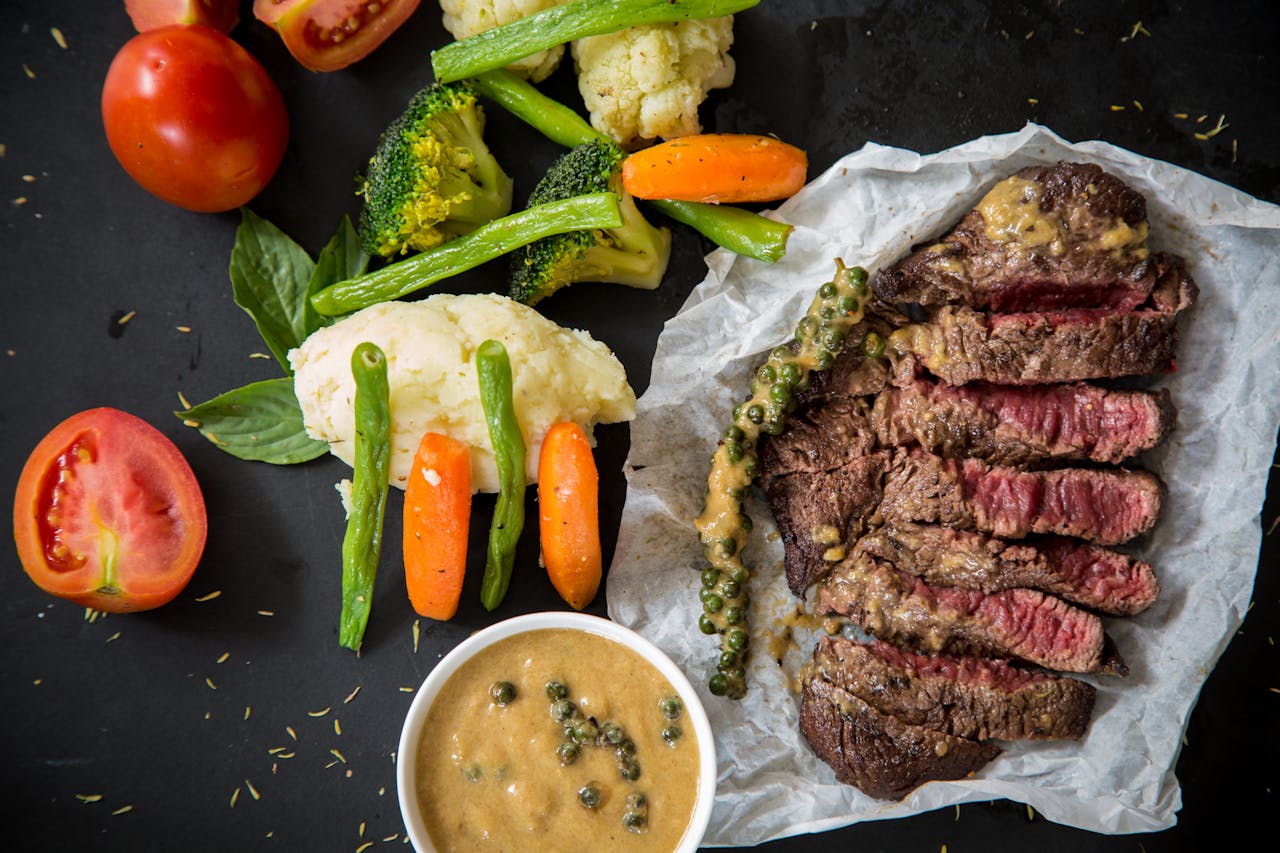Menus evolve with taste, pace, and cost, and a whole tier of once beloved dishes has slipped to the margins. Rich hotel sauces gave way to lighter cooking, table theatrics lost out to quicker turns, and training shifted from sauciers to speed. Some classics survive in church cookbooks and holiday routines, but dining rooms rarely make space for them. What remains is memory with flavor: dishes that carried milestones, soothed winters, and taught patience long before trends demanded the next new thing.
Beef Stroganoff

Silky beef, onions, and mushrooms cloaked in sour cream once read as weeknight luxury and white tablecloth comfort in the same breath. The appeal was texture and twang, a mild mustard lift over buttered noodles. As leaner eating took hold, heavy gravies lost momentum, and kitchens moved on to brighter sauces and shorter prep. A faithful version now shows up more often in home kitchens than restaurants, where volume and margins punish slow simmering and nuanced saucing.
Salisbury Steak
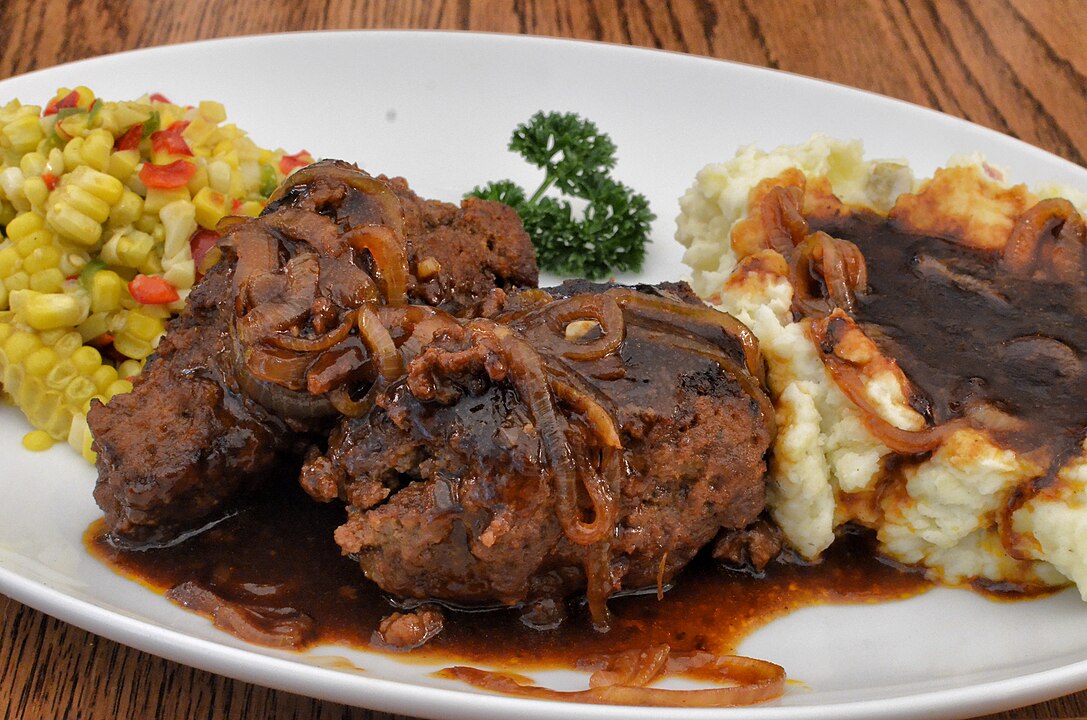
Seasoned ground beef shaped into oval patties and smothered in brown gravy belonged to lunch counters, diners, and family tables for decades. It began as functional nutrition advice and became a ritual with onions, mushrooms, and pan drippings. The TV dinner era flattened its reputation, and few chefs raced to reclaim it. Done right, the skillet method still delivers deep comfort and honest flavor. Finding it fresh off the flat top, though, takes persistence and a little luck.
Lobster Thermidor
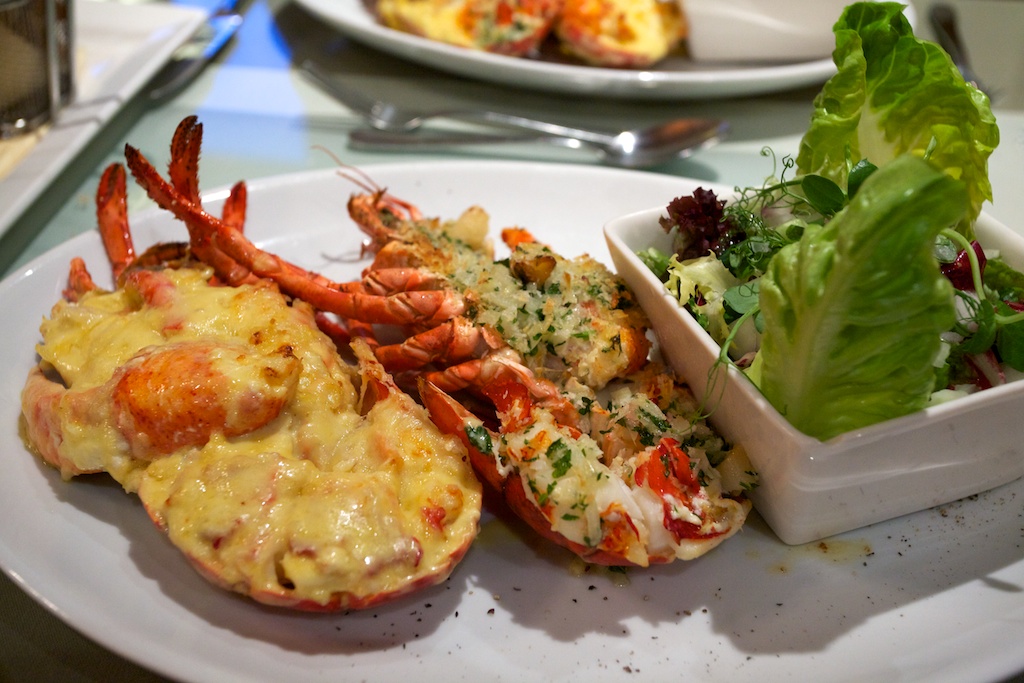
Lobster folded into a cognac and mustard cream, spooned back into the shell, then broiled to a bronzed finish once signaled a grand evening. The dish asks for split shells, precise saucing, and costly timing under a salamander, all while seafood prices climb. Lighter crudos and butter poaches feel safer for modern rooms chasing speed. A few classic dining rooms still stage the old drama, but most menus keep lobster simple and let the meat speak without a crown.
Steak Diane
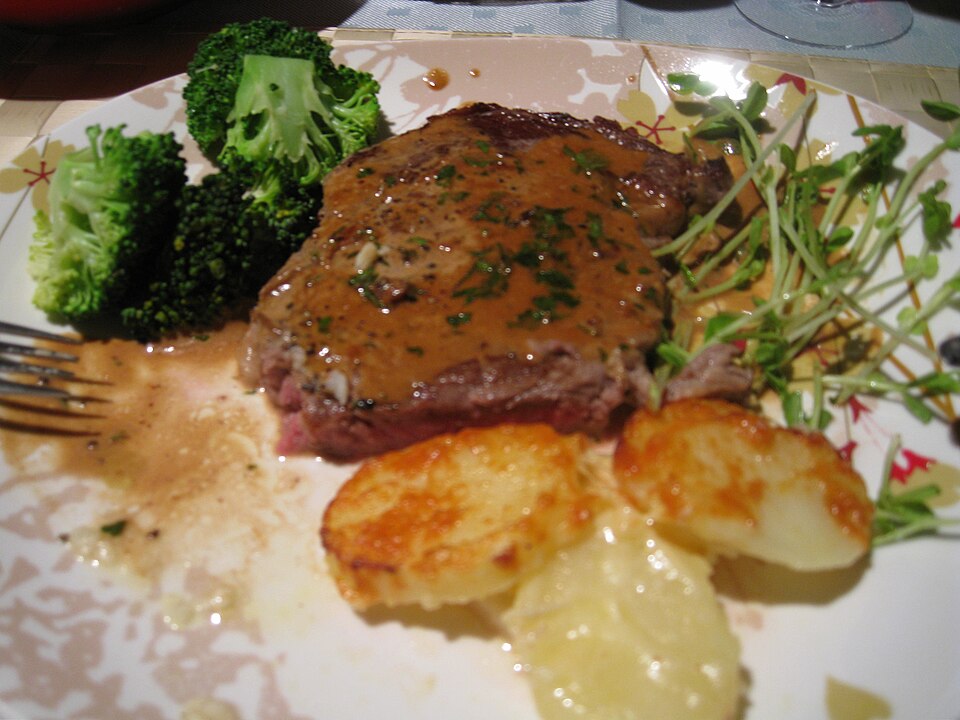
Diane was theater: pepper seared medallions, shallot, cream, and a bright cognac finish, often flamed within arm’s reach of the table. That spectacle requires skill, staffing, and insurance peace of mind, none of which pair well with tight turns and crowded floors. The flavor is still a lesson in balance, silky and savory with a clean snap at the end. Without the showman service, though, many kitchens set it aside for sauces that play faster and safer.
Turkey Tetrazzini
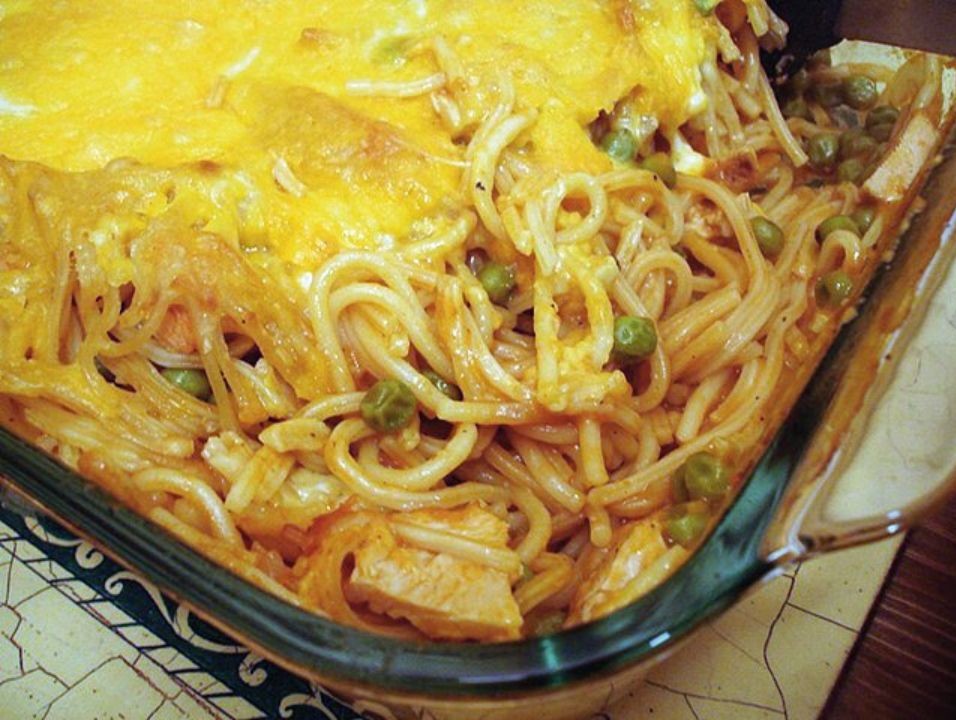
San Francisco gave this casserole to America, a tumble of turkey, mushrooms, and pasta bound by butter, cream, and cheese, baked until the top blushed. It solved Thanksgiving leftovers with finesse and warmed countless church halls. As menus tilted toward lighter pasta and global spice, the creamy bake lost its slot. The method still works beautifully at home when the forecast turns cold. In restaurants, holding trays and reheats cannot match the steady heat of a family oven.
Chicken a la King
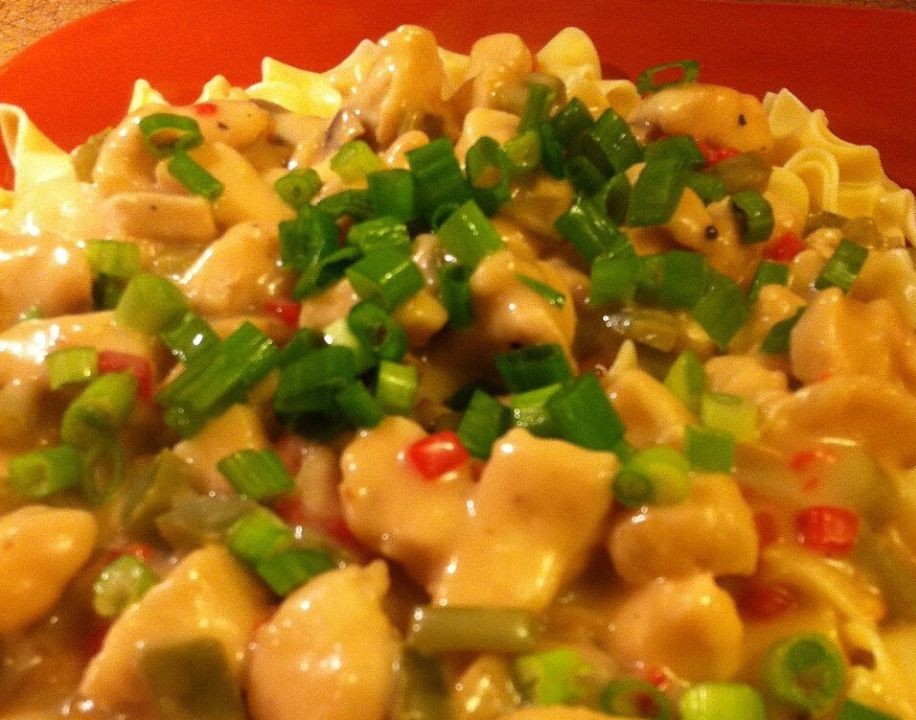
Diced chicken in a sherry kissed cream sauce with mushrooms, peas, and pimentos once anchored midcentury luncheons. Served on toast points or in pastry shells, it carried tidy elegance and required hands that could reduce without shortcuts. Fast casual rhythms did not spare it. The dish asks for attention and rewards restraint, traits that drifted out of busy service. When a careful version appears, it proves that small technique turns pantry staples into something genuinely gracious.
Duck a l’Orange
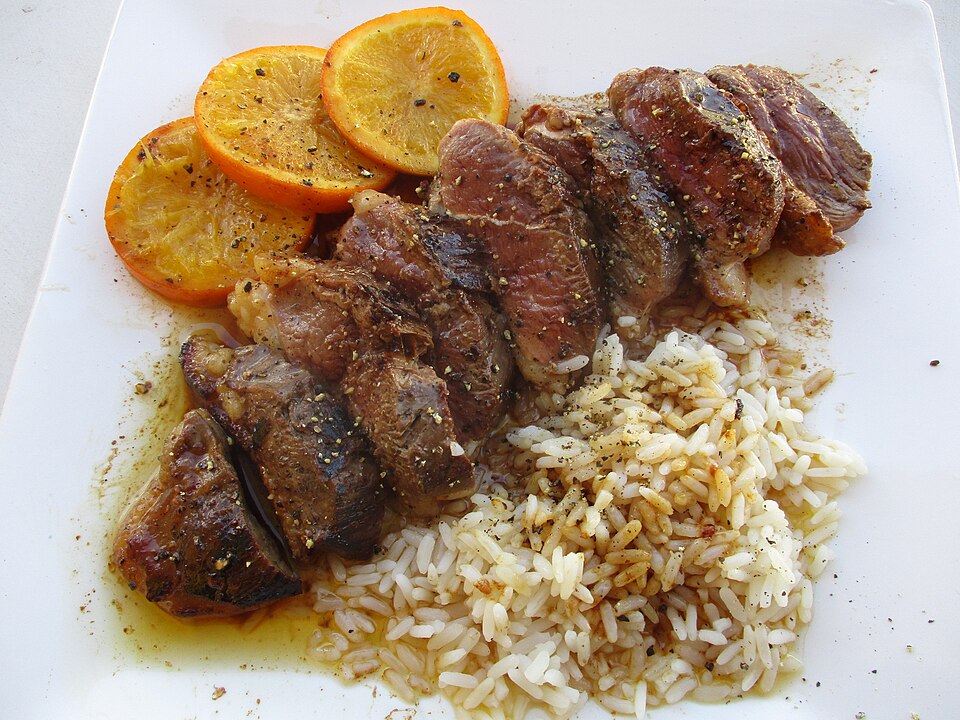
Roast duck with a gloss of orange, bitter peel, and stock reduction balanced crisp skin against citrus and depth. It traveled from Tuscan roots through French hotels to American dining rooms that once trained carvers and kept duck presses polished. Rendering takes time, carving takes confidence, and guests now lean leaner. Most kitchens pass to protect tempo and consistency. Where it survives, the pairing still lands as intended: savory, bright, and quietly celebratory without shouting.
Beef Wellington

Tenderloin wrapped in mushroom duxelles and pastry demands choreography. Heat has to kiss the center, pastry has to rise and flake, and timing cannot slip. Ingredient costs turn mistakes expensive, and service windows leave little room for rest. When a slice reveals rosy center and clean layers, the table falls silent. That moment is rare now, reserved for houses committed to old school craft or special orders that justify the labor behind each plated cross section.
Trout Amandine

Pan browned trout with lemon butter and toasted almonds once guaranteed reliable taste on seafood menus from hotel grills to river towns. The pleasure is restraint: fresh fish, gentle heat, light crunch. Social feeds rewarded bigger spice and louder crusts, and whole trout service asked for bones and finesse. Many rooms stepped away. Those that keep it show how a quiet dish can carry a meal, letting acidity, nuts, and clean cookery do the talking without strain.
Baked Alaska

Cake base, ice cream center, and a meringue shell flashed to a toasty gloss turned dessert into a procession. Freezer space, molds, torch work, and timing make it a logistical puzzle modern lines rarely attempt. The paradox still charms when done with care, hot outside and cold within, sweet but lifted by scorched sugar. It pops up at throwback spots and tasting menus that enjoy a nod to history, proof that delight can be engineered and earned.
Oyster Pan Roast
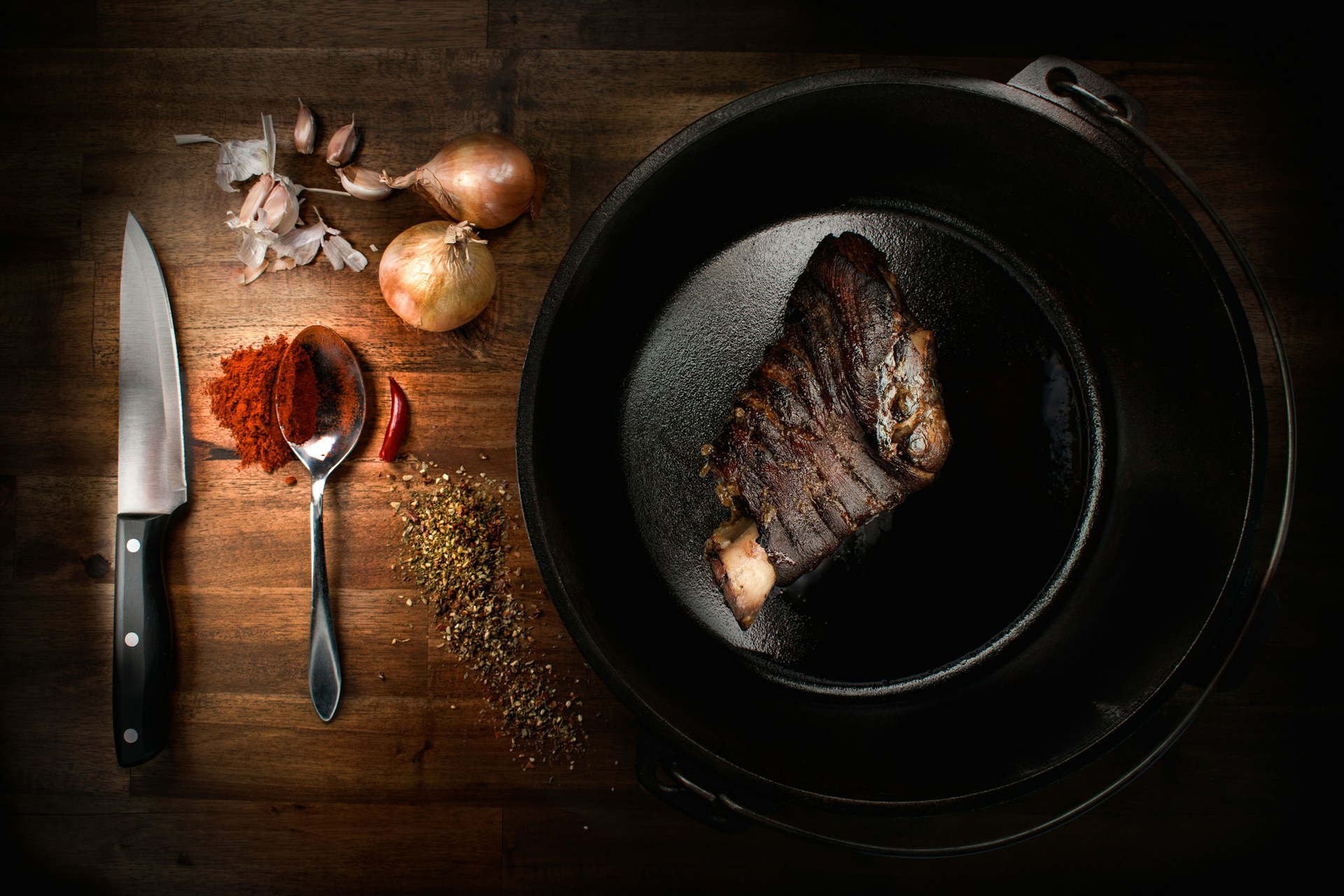
A steam kissed bowl of oysters in cream and butter with a little heat warmed marble counters at old oyster houses. The flavor read like a postcard from the docks, briny and comforting without heaviness. Raw bars rose to dominance, and ladled broths lost ground to bright half shells on ice. Supply lines shifted, and fewer kitchens kept the pot alive. When it appears, a good pan roast feels like hospitality in a bowl, steady and sincere.
Chicken Kiev
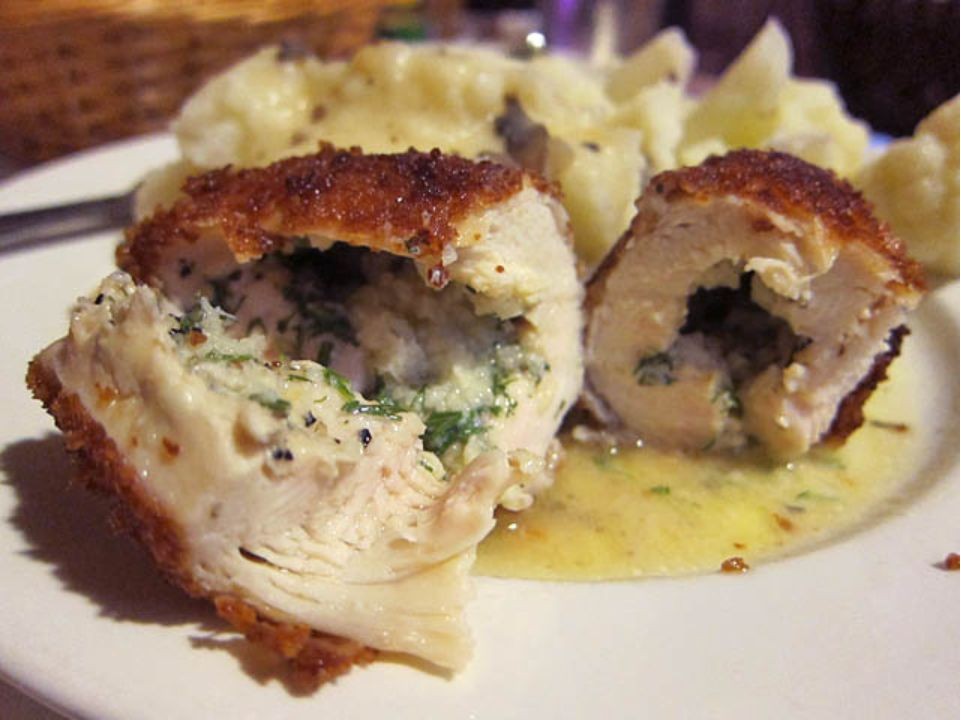
Pounded chicken wrapped around herb butter, breaded, and fried is an engineering project with a delicious reveal. The knife meets crust, then a tide of tarragon scented butter runs across the plate. Health trends scolded, and labor demands pinched. Seals must hold, oil must stay right, and timing has to land. A handful of Eastern European kitchens still practice the craft. For those who catch it, the old magic returns on cue, rich yet balanced and precise.
